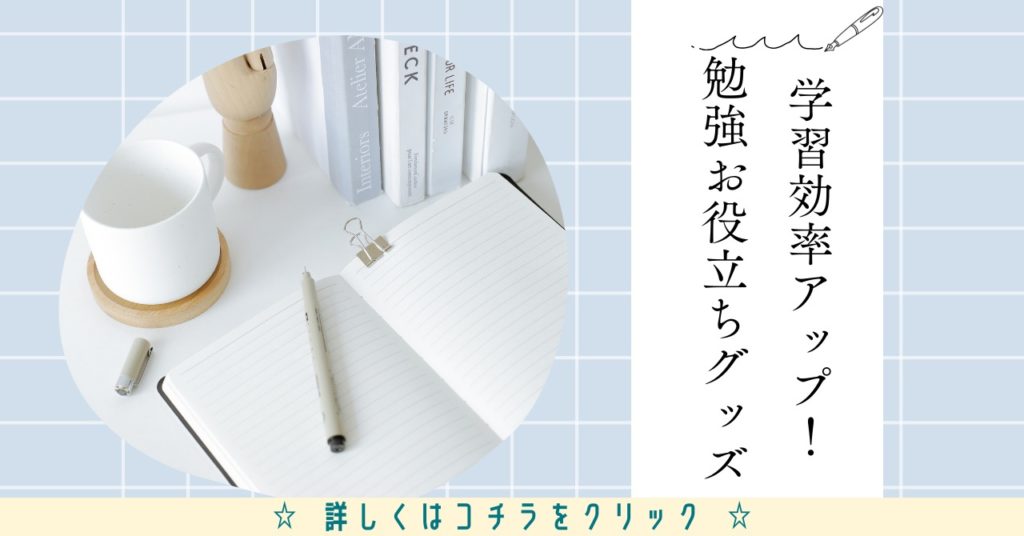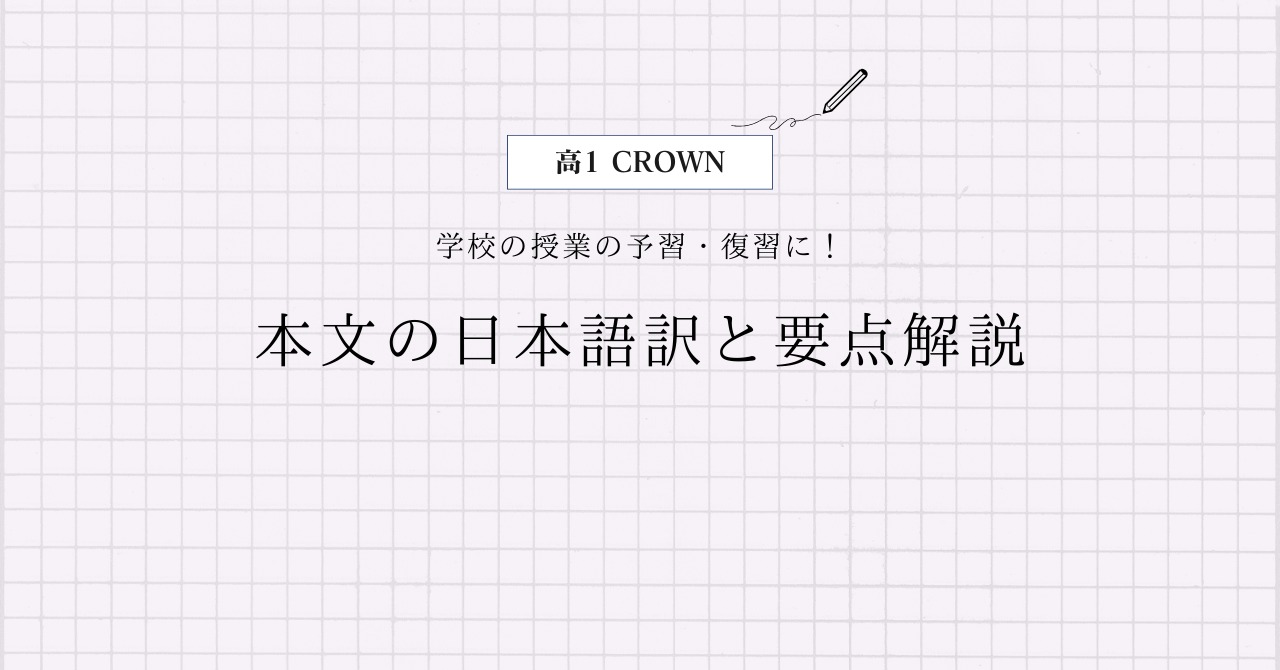三省堂 高1CROWN English Communication1 Lesson9 Section2の本文の日本語訳と重要箇所の解説です。
Section9-1, 9-3, 9-4の解説はこちらからご覧ください。
>高1CROWN English Communication1 Lesson9 Section1 本文和訳
>高1CROWN English Communication1 Lesson9 Section3 本文和訳
>高1CROWN English Communication1 Lesson9 Section4 本文和訳
- CROWN English Communication1 Lesson9 Section2 本文と日本語訳
- CROWN English Communication1 Lesson9 Section2 重要事項の解説
- In November 2018, the delegation of the Rapa Nui people arrived in London to look for Hoa Hakananai’a.
- They went immediately to the British Museum.
- When they found him, they were deeply moved.
- For them, he represents the living soul of the island.
- They said, “He is not just a rock; he’s our brother.”
- A member of the delegation explained,
- “For the museum, Hoa Hakananai’a is just an attraction.
- But for us, he is one of our family.
- Once eyes are added to the statues, they become the living embodiment of our ancestors.”
- The moai have large empty eye sockets.
- According to legend, when “eyes” made of bright stones and coral are inserted, the moai come to life.
- The leader of the delegation told the museum,
- “Hoa Hakananai’a has been our ambassador to Great Britain for 150 years.
- It’s time to let him come home.
- We will make a new moai and send him to you.”
- CROWN English Communication1 Lesson9 Section2 まとめ
CROWN English Communication1 Lesson9 Section2 本文と日本語訳
In November 2018, the delegation of the Rapa Nui people arrived in London to look for Hoa Hakananai’a.
「2018年11月、ラパ・ヌイの人々の代表団がホア・ハカナナイアを探すためにロンドンに到着しました。」
They went immediately to the British Museum.
「彼らはすぐに大英博物館に行きました。」
When they found him, they were deeply moved.
「彼らがホア・ハカナナイアを見つけたとき、深く感動しました。」
For them, he represents the living soul of the island.
「彼らにとって、ホア・ハカナナイアは島の生きている魂を象徴しています。」
They said, “He is not just a rock; he’s our brother.”
「彼らは、『ホア・ハカナナイアはただの岩ではなく、私たちの兄弟なのです。』と言いました。」
A member of the delegation explained,
「代表団の1人が説明しました。」
“For the museum, Hoa Hakananai’a is just an attraction.
『博物館にとって、ホア・ハカナナイアはただの呼び物でしょう。』
But for us, he is one of our family.
『しかし私たちにとって、ホア・ハカナナイアは家族の1人なのです。』
Once eyes are added to the statues, they become the living embodiment of our ancestors.”
『一度その像に目が追加されたら、像は私たちの祖先の生きる化身になるのです。』
The moai have large empty eye sockets.
「モアイには大きな空の目のくぼみがあります。」
According to legend, when “eyes” made of bright stones and coral are inserted, the moai come to life.
「伝説によると、鮮やかな石とサンゴで作られた『目』が入れられると、モアイは命を宿します。」
The leader of the delegation told the museum,
「代表団のリーダーは博物館に言いました。」
“Hoa Hakananai’a has been our ambassador to Great Britain for 150 years.
『ホア・ハカナナイアはイギリスに150年間いる大使です。』
It’s time to let him come home.
『彼を帰国させる時です。』
We will make a new moai and send him to you.”
『私たちが新しいモアイを作って、あなた方に送りましょう。』

CROWN English Communication1 Lesson9 Section2 重要事項の解説
In November 2018, the delegation of the Rapa Nui people arrived in London to look for Hoa Hakananai’a.
“delegation”は「代表団、派遣団」といった名詞です。
“of”は前置詞で,”A of B”の形で「BのA」というように後ろから前に訳します。
“arrive”は「着く、到着する」という動詞で、“look for~”は「を探す」ですね。
“to look for”は「不定詞の副詞的用法」になっています。
They went immediately to the British Museum.
“They”は“the Rapa Nui people”を指しています。
“immediately”は「すぐに」という副詞で、“the British Museum”は「大英博物館」ですね。
When they found him, they were deeply moved.
この文では「接続詞when」が使われていますね。
“They”は“the Rapa Nui people”を、“him”は“Hoa Hakananai’a”を指しています。
“found”は“find(を見つける)”の過去形、この“move”は「を感動させる」という動詞ですね。ここでは「受動態」になっています。
“deeply”は「深く」という副詞になります。
For them, he represents the living soul of the island.
“for”は「~にとって」という前置詞で、“them”は“the Rapa Nui people”を指しています。
“represent”は「を代表する、象徴する」という動詞で、“living”は「生きている」という形容詞、“soul”は「魂」、“island”は「島」という名詞です。
They said, “He is not just a rock; he’s our brother.”
“They”は“the Rapa Nui people”を指しています。
“just”は「ただ~だけ、ちょうど」という副詞になります。
「;」は「セミコロン」といって,2つの文章を繋ぐ「接続詞」のような働きをします。今回は“but”の働きをしていて、“not A but B”で「AではなくB」という意味ですね。
“rock”は「岩」という名詞です。
A member of the delegation explained,
“a member of~”は「~の一員」という意味です。
“explain”は「説明する」という動詞ですね。
“For the museum, Hoa Hakananai’a is just an attraction.
“museum”は「博物館、美術館」、“attraction”は「呼び物、アトラクション」という名詞になります。
But for us, he is one of our family.
“one of~”は「~の1つ」という意味ですね。
Once eyes are added to the statues, they become the living embodiment of our ancestors.”
“once”は「一度~すると」という接続詞で、“add”は「を追加する、加える」という動詞です。ここでは「受動態」になっていますね。
“statue”は「像」、“embodiment”は「化身、権化」、“ancestor”は「祖先」という名詞になります。
“become”は「になる」という動詞です。
The moai have large empty eye sockets.
“learge”は「大きな、広い」、“empty”は「空の」という形容詞になります。
“eye socket”は「眼窩」という目のくぼみのことです。
According to legend, when “eyes” made of bright stones and coral are inserted, the moai come to life.
“according to~”は「~によると」という重要表現です。“legend”は「伝説」という名詞ですね。
また、この文では「接続詞when」が使われていますね。
“be made of~”は「(材料)から作られる」という受動態表現で、ここでは「過去分詞」として使われています。
“made of bright stones and coral”が“eyes”を修飾していますね。
“bright”は「輝いた、鮮やかな」という形容詞、“stone”は「石」、“coral”は「珊瑚」という名詞になります。
“insert”は「を入れる、挿入する」という動詞で、ここでは「受動態」になっています。
“come to life”は「命を宿す」という意味になります。
The leader of the delegation told the museum,
“leader”は「リーダー、指導者」といった名詞です。
“tell 人 もの”で「人にものを言う、伝える」となって,“tell もの to 人”でも同じ意味になります。
“Hoa Hakananai’a has been our ambassador to Great Britain for 150 years.
ここでは「現在完了の継続用法」が使われていますね。
“ambassador”は「大使」という名詞になります。“Great Britain”は「イギリス」でOKです。
“for 数字”で「~間」となりますね。
It’s time to let him come home.
“It’s time to 動詞の原形”は「~する時間だ」という表現になります。
“let 名詞 動詞の原形”で「名詞が~するのを許す、名詞に~させてあげる」という意味で、“come home”は「帰宅する、帰国する」という意味ですね。
We will make a new moai and send him to you.”
“send 人 もの”で「人にものを送る」となって,“send もの to 人”でも同じ意味になります。
CROWN English Communication1 Lesson9 Section2 まとめ
以上がCROWN English Communication1 Lesson9 Section2の日本語訳となります。
「分詞」「使役動詞」などの使い方をしっかり確認しておきましょう!
>高1CROWN English Communication1 Lesson9 Section1 本文和訳
>高1CROWN English Communication1 Lesson9 Section3 本文和訳
>高1CROWN English Communication1 Lesson9 Section4 本文和訳
何か分からない点や他に解説してほしい点があれば,お気軽にコメントしてください!



コメント